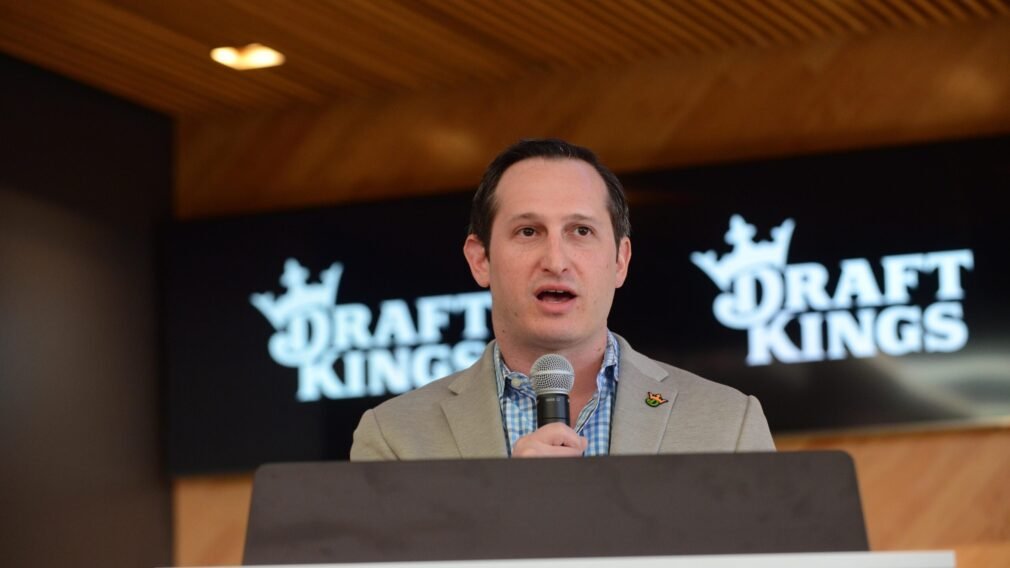DraftKings Sees Prediction Markets as ‘Significant Incremental Opportunity’
DraftKings executives confirmed plans to launch a new predictions market offering in the coming months, calling it a “significant incremental opportunity” to expand its total addressable market (TAM). During the Q3 2025 earnings call, the company outlined a strategy to focus the new product on states without legalized online sports betting (OSB). The launch of DraftKings predictions has already been factored into the company’s adjusted financial guidance for fiscal year 2025.

CEO Jason Robins noted that nearly half of the U.S. population still lacks access to legal OSB. The company plans to target these states, where it believes the “vast majority of the financial opportunity exists.” Robins suggested that the growth of the predictions market could encourage more states to legalize OSB or iGaming with fair taxation.
Strategy for Expansion and Regulation
DraftKings has engaged in extensive talks with regulators and policymakers regarding its new approach. The company is confident in its legal strategy.
By entering states without OSB, DraftKings believes it can also put pressure on lawmakers to avoid imposing overly high taxes on traditional sports betting. Robins stated that if taxes become too high, operators might decide to “just pivot” to alternative offerings.
CFO Alan Ellingson confirmed the financial planning for the new venture. “Notably, our fiscal year 2025 guidance ranges now include the expected launch of a predictions market offering,” Ellingson said. Initial launch costs, including product development, technology, and customer support, are expected in Q4 2025.
Structural Limits and Conservative Investment
Despite the excitement, DraftKings leadership recognized that predictions markets are structurally limited when compared to traditional sportsbooks. Robins noted that these markets “lack the depth and breadth of a sports betting offering.” He cited global data suggesting that sports predictions markets are “relatively small and largely incremental relative to traditional sports betting.”
DraftKings plans a measured and analytical investment approach. The company will require a shorter gross profit payback period for predictions than for its established OSB and iGaming lines, which typically require a three-year payback. “Starting off with very conservative views on LTV and very conservative approach to payback periods, I think, is smart because, one, we don’t have any data,” Robins explained.
The initial product is expected to be “very bare bones,” and the company projects that retention and monetization will be an early challenge. However, DraftKings believes its scale, brand, and media partnerships, like the one with ESPN, will make it difficult for competitors to match.
Pricing and Parlay Challenges
Robins detailed the current pricing differences between the two betting types. He believes the value proposition for the customer is better in traditional sports betting. Predictions markets involve more parties, such as exchange fees, FCM fees, and market maker spreads. “So there’s a lot more mouth to feed in the ecosystem,” Robins noted.
Offering parlay bets will also be more limited in the predictions product because it is liquidity-based. This structure makes it difficult to pool liquidity for combination wagers. DraftKings believes its pricing models and intellectual property will allow it to offer a better, but still “very limited,” version of parlays than competitors.
Recommended
